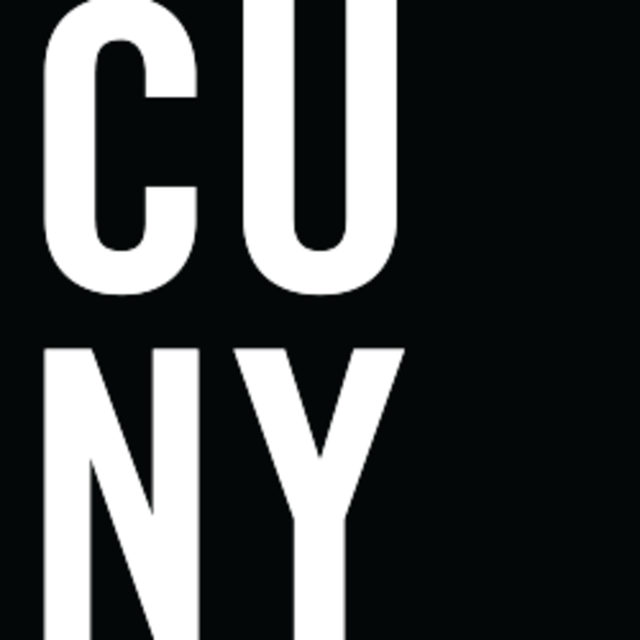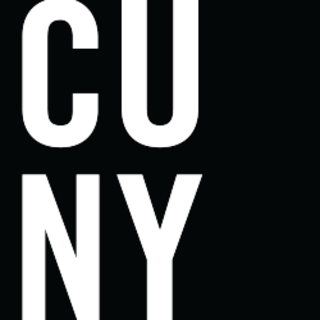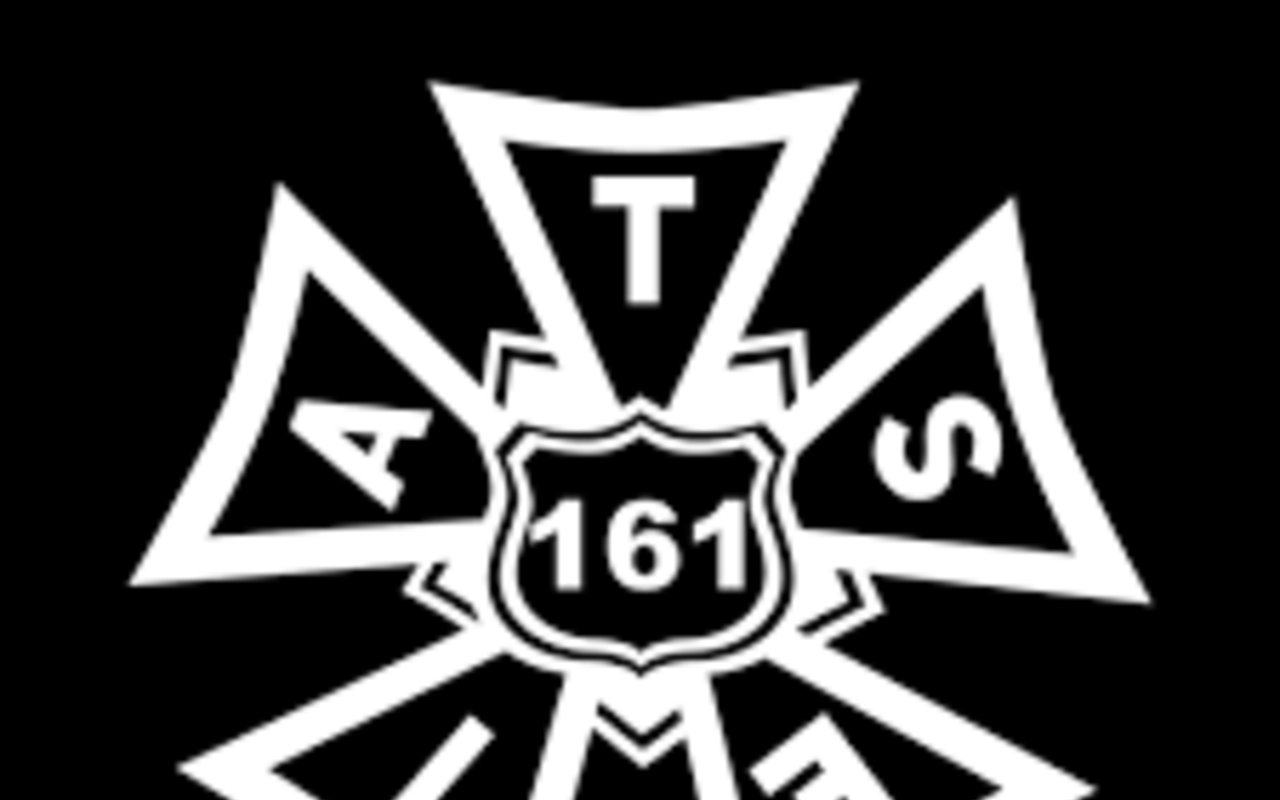About the Author
Hermala Rodriguez Quamina is a graduate student of Cuny School of Labor and Urban Studies. She started working on this project in the fall of 2023 as part of the Union Semester Program. The Union Semester program pairs students, who are interested in learning more about the labor movement, with unions as a paid internship. Hermala was paired with IATSE local 161 and was tasked with creating a historical timeline of the Labor Union local’s history. This work took place during the SAG-AFTRA, and WGA strikes which had a profound influence on IATSE in that it showed Hermala how strikes can impact workers across different trades, as well as showing the inspirational power that a union can have on another.
In the entertainment industry, workplaces are often represented by multiple unions, thus it is crucial for unions to work together when organizing or striking. If one union crosses a picket line it can have negative consequences for the other striking workers. On the other hand, if a union is attempting to organize a class of non union workers, other union workers can help the process by coordinating meetings, and being in solidarity when workers take direct action. These experiences of worker organizing, striking, and winning became the raw narrative material that spurred the project’s form. As we see more workers fighting for their rights, creating new ways of organizing, and organizing past fear, we will hopefully see more projects like these that can accurately show how unions have developed in the worst of times and in the best of them.



